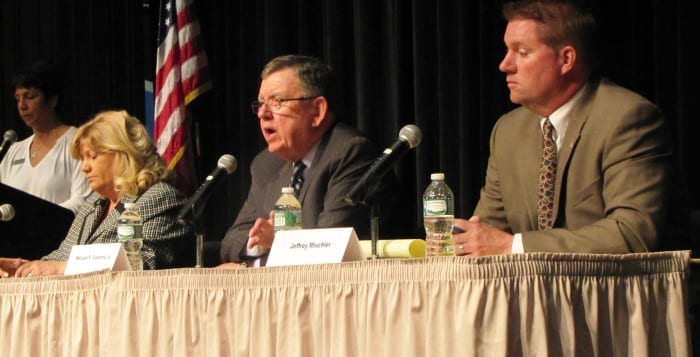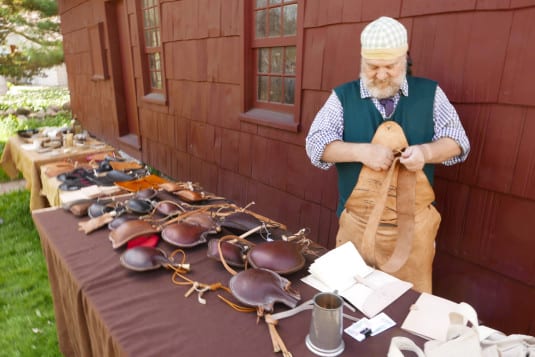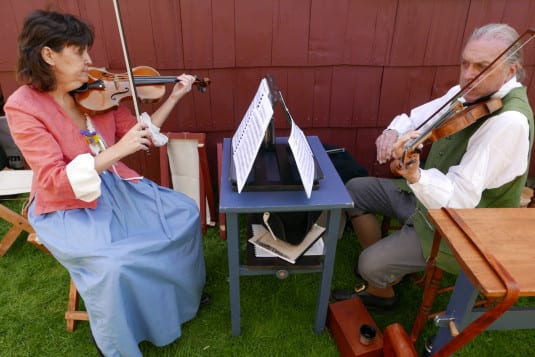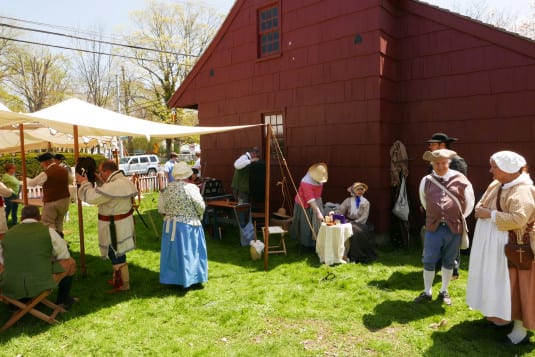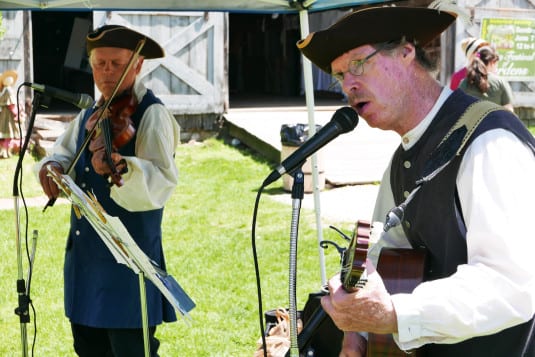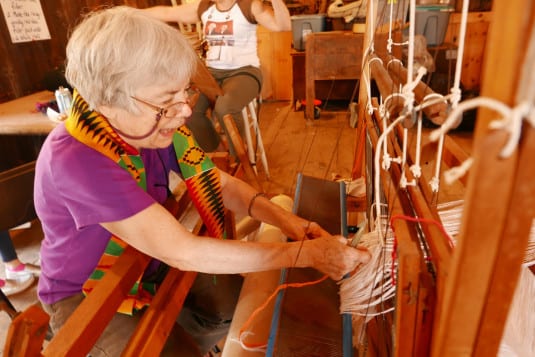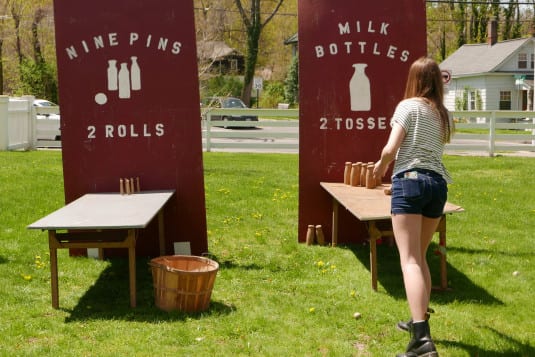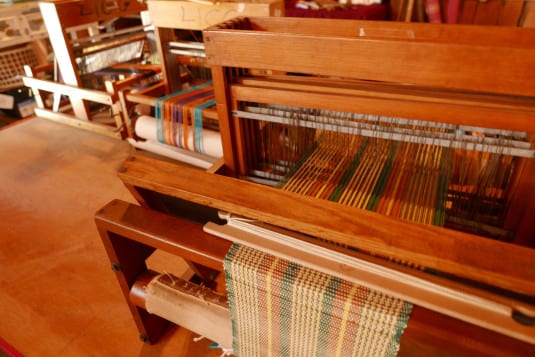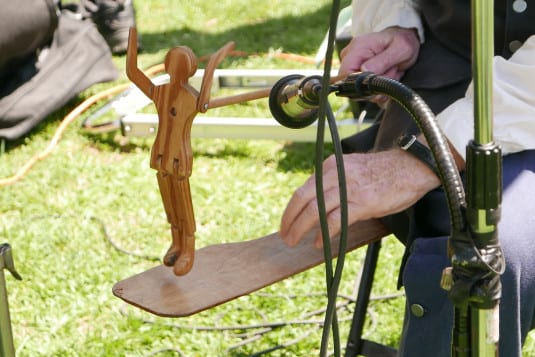The Selden native who tricked Long Islanders into believing she had cancer and used donations to fund her heroin habit was sentenced to prison on Monday, after she violated the terms of a mandated drug treatment program, Suffolk County District Attorney Tom Spota said.

In December 2013, Brittany Ozarowski, 24, pleaded guilty to two counts of third-degree larceny; 10 counts of second-degree forgery; 10 counts of first-degree offering a false instrument for filing; one count of first-degree scheming to defraud; and one count of petit larceny. While the District Attorney’s office wanted Ozarowski to serve a maximum seven-year prison term, Judge John Iliou instead required her to enroll in the Suffolk County Judicial Diversion Program, an alternative sentencing program that includes drug addiction treatment instead of jail. Ozarowski’s sentence included one year of inpatient treatment, one year of outpatient treatment and a year of probation.
On Monday, Spota announced in a press release that she had violated the program’s terms and had thus been sentenced to one to three years in prison.
George Duncan, a Central Islip-based attorney representing Ozarowski, said while Ozarowski received “technical violations” that resulted in her prison sentence, her time spent in the treatment program “literally saved her life,” and she is aware and thankful for that.
Duncan and the DA’s office were unable to specify how exactly Ozarowski broke program rules, as doing so would violate the federal health care privacy laws.
Ozarowski was indicted on 24 counts and arrested in April 2013. According to the DA’s office, she claimed she had bone and brain cancer to solicit donations from customers at supermarkets and shops throughout Long Island, including in Terryville, Miller Place and Sayville. In addition, she got local businesses to hold fundraisers to benefit her alleged treatments and created a website with a PayPal account where people could donate. In reality, she was using the money to fuel her heroin addiction.
At the time of her arrest, investigators discovered more than $317 in a donation bucket. More than 20 locations with donation jars were later found and the DA’s office estimated Ozarowski defrauded more than $6,000.
The 2013 arrest wasn’t Ozarowski’s first. She has other heroin-related charges against her, including a driving under the influence charge from 2011, which is still pending. The DA’s office said the Newfield High School graduate tampered with letters from doctors to say she had cancer and submitted them to her attorney in order to postpone court hearings on the charges.



